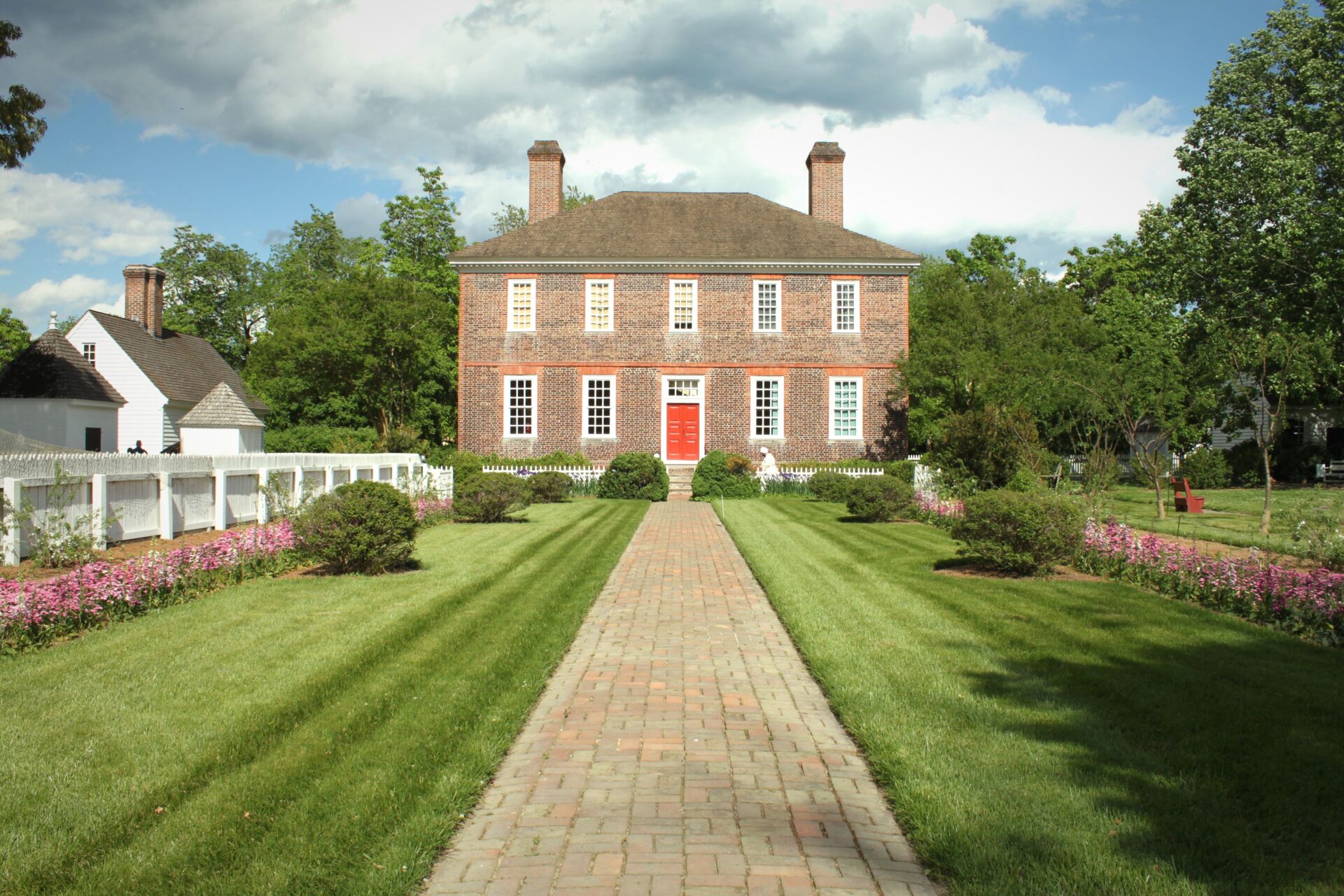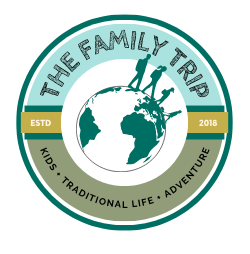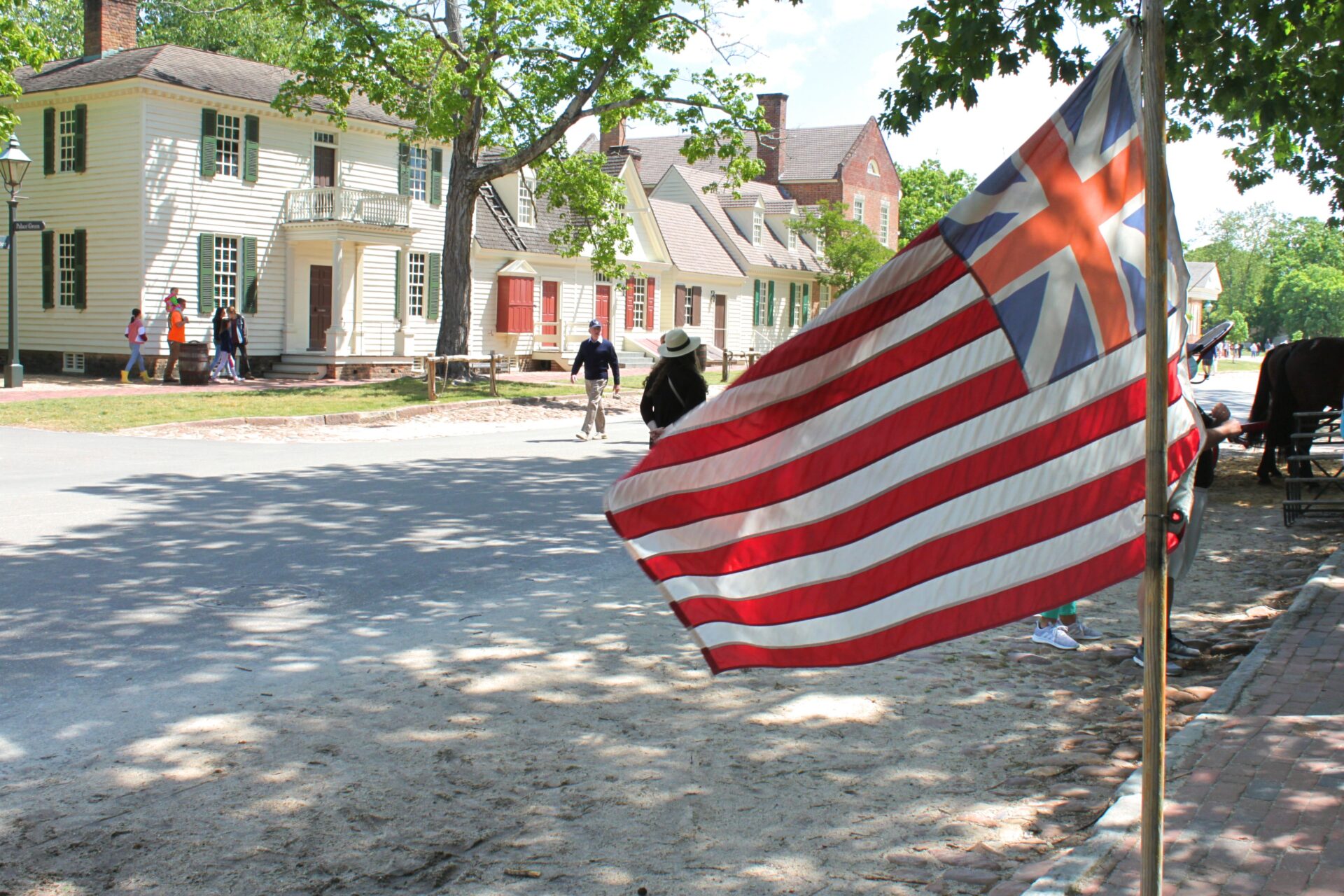
We spend a lot of time in America, it seems, celebrating and memorializing the Revolutionary War. We memorialize our Founding Fathers and we pay a lot of money to see a Broadway rap version of the early days of the nation. But what was America like BEFORE it became… well… America?
Welcome to Colonial Williamsburg.
We took this trip on a beautiful Mother’s Day weekend (because I got to pick!). But beyond wanting to see it for myself, it also felt a bit redemptive and like a reclaiming moment. Our son would have had an exciting and momentous field trip here at the end of 5th grade – a sort of rite of passage for kids in our area. But COVID struck, and it didn’t happen. I am sure that in his tween life a trip with Mom & Dad wasn’t nearly as awesome as a trip with a bunch of friends would have been … but nonetheless.
We explored Colonial Williamsburg together as a family.
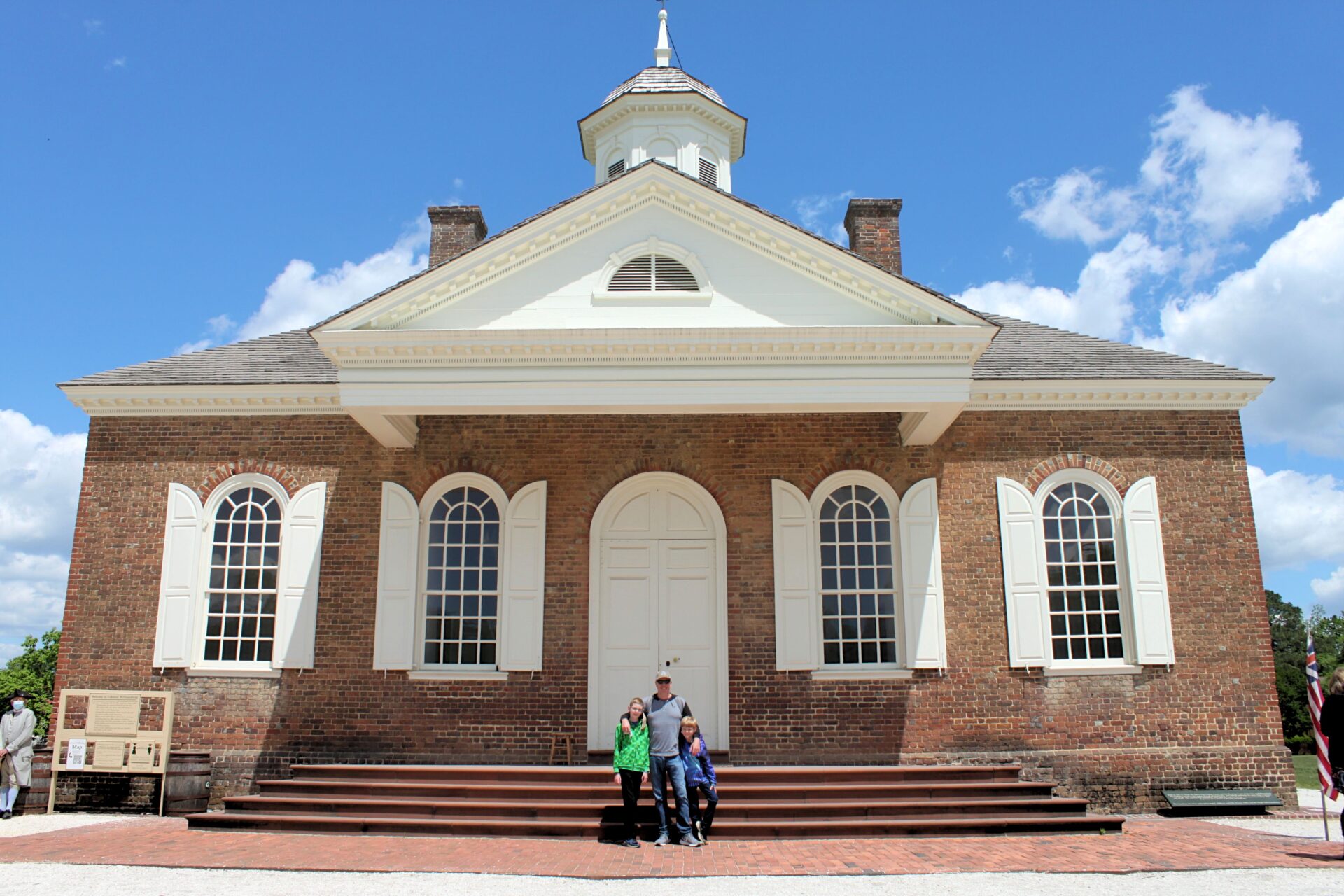
The town of Williamsburg was established by the British in 1632 and in 1698 it was given status as the capitol of the British colony of Virginia (supposedly after some significant lobbying from folks who wanted to move away from the muggy and buggy Jamestown down the river).
It is hard to figure out which buildings in Colonial Williamsburg today are originals that have been restored and which are created construction to resemble the time period, but the entire restoration and concept of what we now know as Colonial Williamsburg didn’t start until the 1920s, funded primarily by the Rockefellers. In fact, the story is kind of fun and seedy in a very 1920s way:
Rockefeller agreed, and with cloak-and-dagger secrecy began purchasing run-down properties using Goodwin as his agent. The two communicated in coded telegrams lest locals discover the plan and hike their prices. “Authorize purchase of another antique referred to in your long letter,” Rockefeller wrote to Goodwin at one point, signing off as “David’s father.” The historian Henry Wiencek has noted the “astonishment of Williamsburg’s citizens … when they found that the illustrious Rockefeller was the eminence behind these purchases.”
https://encyclopediavirginia.org/entries/colonial-williamsburg
But Colonial Williamsburg is set up in such an educational and intriguing way. While it is certainly fun to enjoy the beautiful gardens and stylistically perfect homes, it was also a benefit to see the interpreters dressed in costume and to hear their “stories.”
We learned so much about what it was like to be a British colonist that we simply didn’t know, or hadn’t thought to ask. Most intriguing, and yet also sad, was what we learned in the courthouse and the capitol building. We learned the rules, regulations, expectations and punishments doled out back then. No wonder that citizens dreamed of a better society. Hearing the stories of subjugation of anyone other than the white, male landowner, it begs us to reflect. Have we gotten to a more open society of freedom, a society better than the one those early British colonists yearned to escape? Well, things are no doubt better. Do we still have a long way to go? Yup. But I am proud of the grand experiment America is, and even more proud after spending some time considering where it really all started and the progress (even if painful) we’ve made.
Colonial Williamsburg is definitely worth a thoughtful trip.
Here is what to know to make a visit here a success for your family.
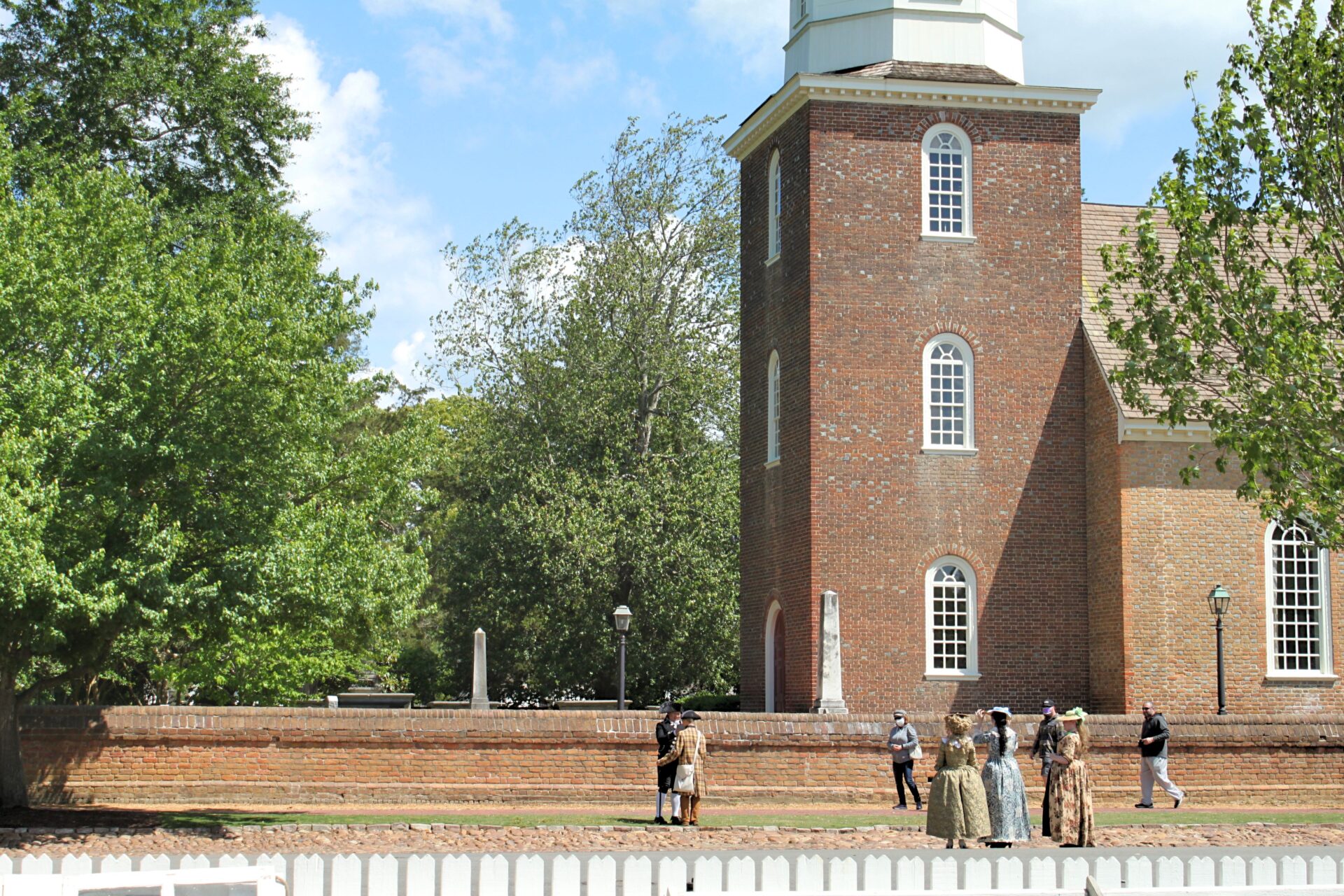
Things to know about Colonial Williamsburg
On purchasing tickets:
You absolutely do not need tickets to walk around Colonial Williamsburg. It’s a wide open pedestrian-only park close to 1 mile in length. Anyone is free to walk through it, and dogs are welcome. There are some interpreters out on the street, meandering, so there will be some things to see if you just want to enter the area.
However, to get inside any of the buildings you do need to show a ticket (and, of course, pets not allowed inside). So when purchasing your Colonial Williamsburg ticket, you are basically ensuring that you can access buildings and gardens where there are more demonstrations and learning opportunities. Truthfully, if you are coming any distance to see this place, it doesn’t make sense to forego tickets – give yourself full access to the experience.
On lodging:
Colonial Williamsburg is part of a large city – Williamsburg! Williamsburg itself has a ton of fun family activities and due to this, there are plenty of options available at any price point and in any range of luxury. We took Shirley Jean and camped at Chickahominy Riverfront Park for our stay. So we went with the “definitely not luxury” version.
On parking:
Colonial Williamsburg has an off-site lot with a shuttle bus service for visitors. The shuttle bus is free and has stops around the area. However, we found an affordable parking spot in a garage near Merchants Square very easily, and appreciated the ability to come back to our car to drop backpacks and other items during the day. But having ease of access will also be more expensive than using the Colonial Williamsburg bus system.
On making reservations:
Colonial Williamsburg is really popular, so plan to reserve anything you can and want (especially if you want add-on experiences) in advance. Do not plan on showing up and having all opportunities available that day. General admission tickets rarely sell out, we were told, but dining, horse carriages, mock trials, ghost tours, etc., all fill up in advance.
On how much time you need:
We spent the entire day at Colonial Williamsburg (from about 10:00 am until 7:00 pm) but this allowed us to have a very leisurely pace and enjoy the day slowly. If we had wanted to power through all the exhibits and buildings, we easily could have left earlier. But given how absolutely gorgeous the area was in the spring sunshine with the burgeoning gardens, we were glad we went at a slower pace.
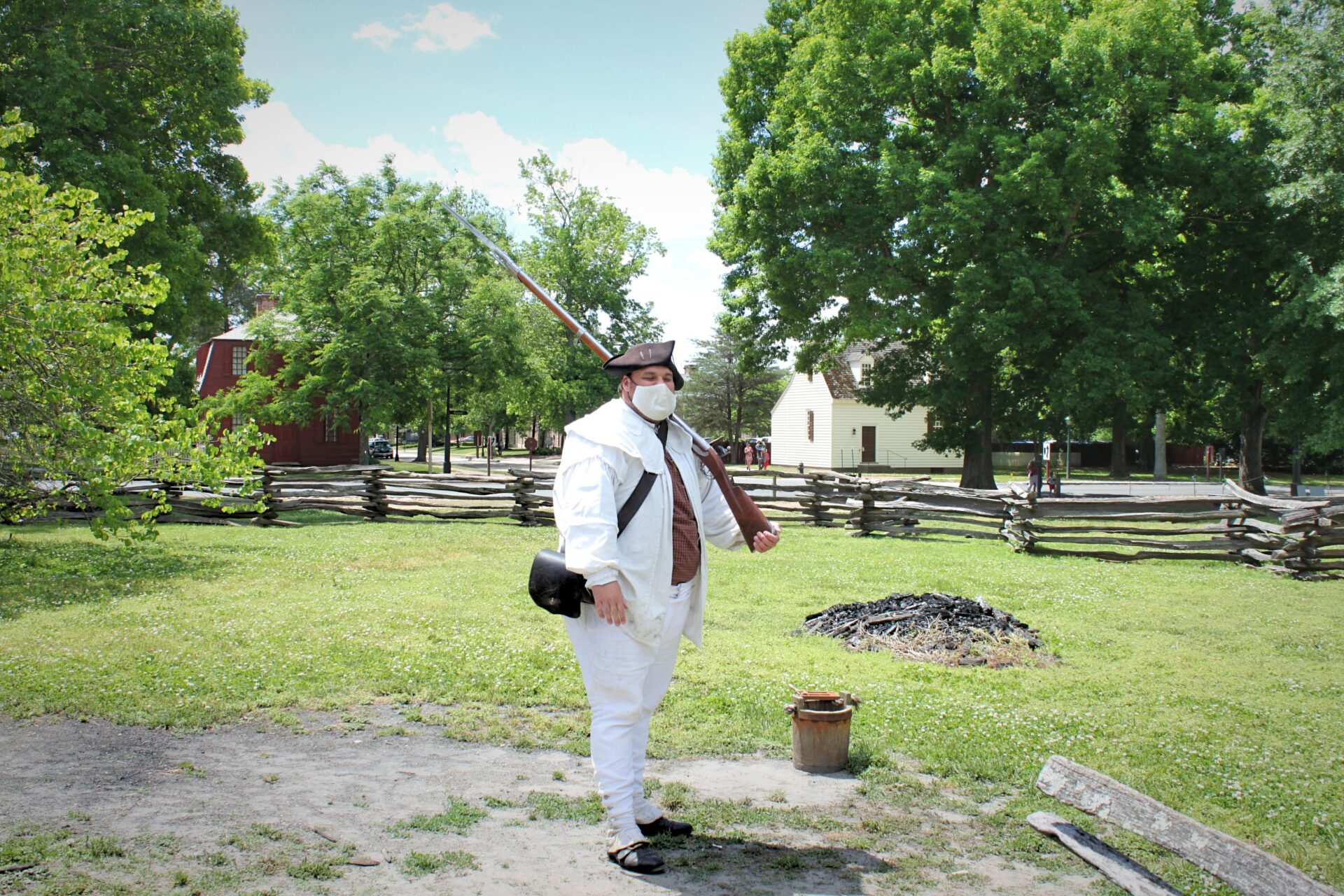
Tips on how to enjoy Colonial Williamsburg
The Colonial Williamsburg app is not good. So if you really want to know what is going on, plan to use the website in advance to plan out any exhibits or demonstrations you may want to see. Additionally, a printed map is going to be useful. We had to use the app for touchless ticketing and entry, but beyond that it was pretty useless.
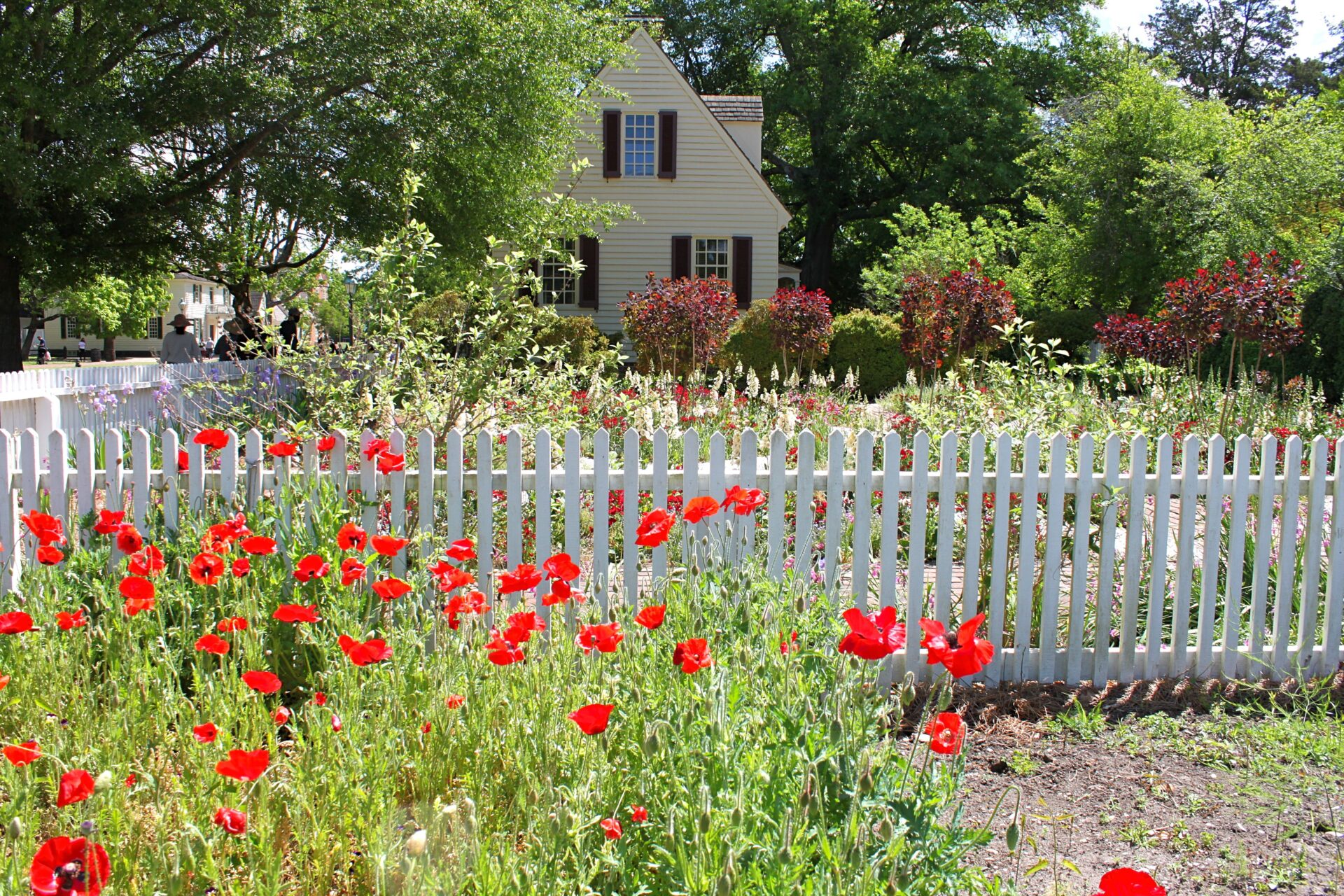
As you may recognize by now, we (strongly) encourage our kids to read books about places we are going before they arrive so they have a little more context for what they are seeing.
Some books for kids on Colonial Williamsburg or colonial life: (affiliate links)
The kids also read this in preparation, but although it was recommended it is a bit more about the Revolution. Still fun, though!
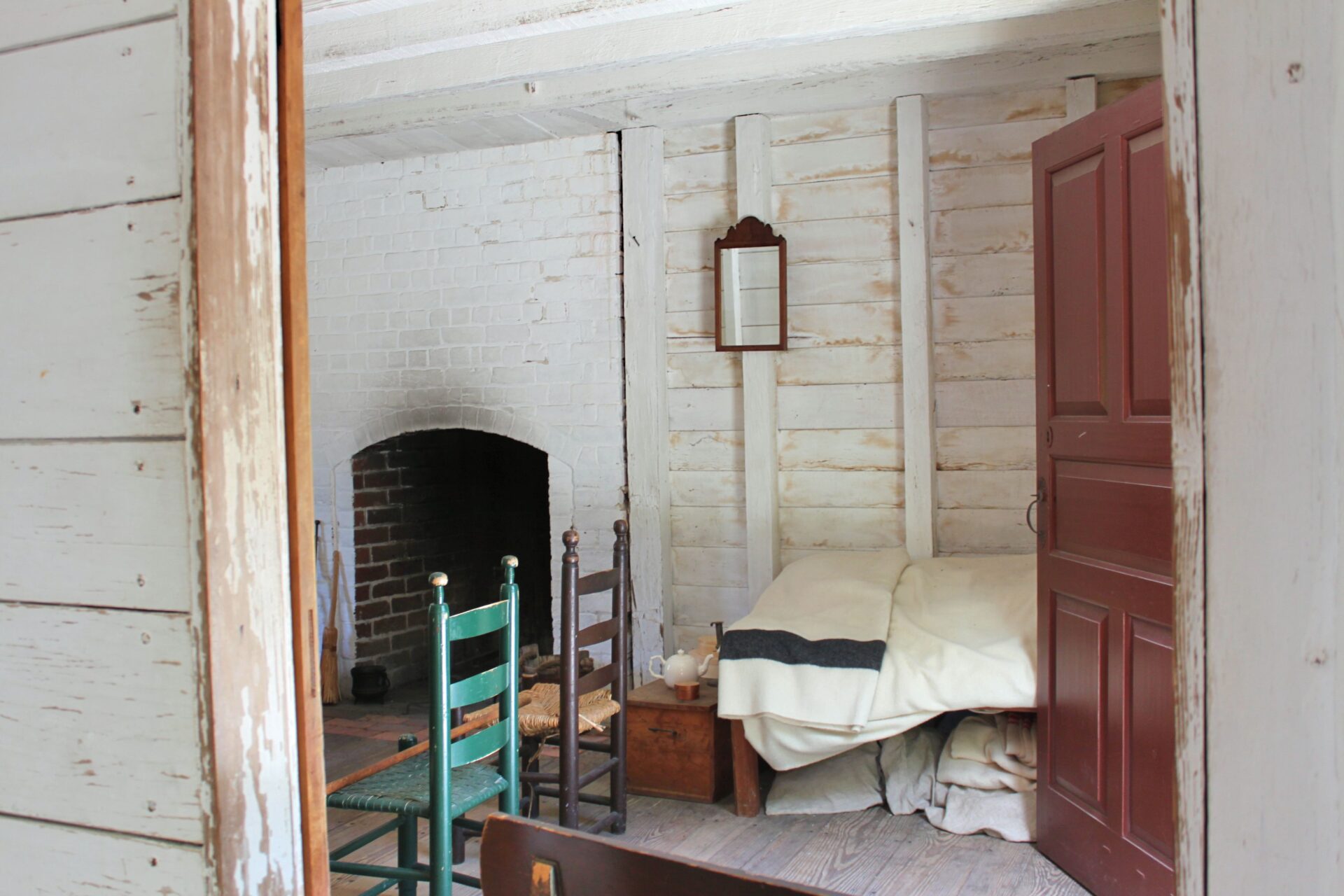
Spend time talking to the interpreters. Everyone we engaged with was there as a passion project – they loved what they were doing. And they were all very knowledgeable. While some, of course, had better delivery as guides than others, we didn’t have a single interpreter I would qualify as bad or inept at the job. Feel free to ask them any question you want! One of the conversations I most enjoyed was talking to a young woman about the dress and clothing she was wearing.
Go into all the buildings and gardens you can. If the flag is flying, it means the building is open for visitors. If there isn’t a flag, it means it is a private residence and not available for tourists. So be considerate that there are people’s homes in Colonial Williamsburg. But you never know what demonstration and educational opportunities exist tucked in corners all over Colonial Williamsburg. Stumbling on handiwork being done was one of the most fun parts for us.
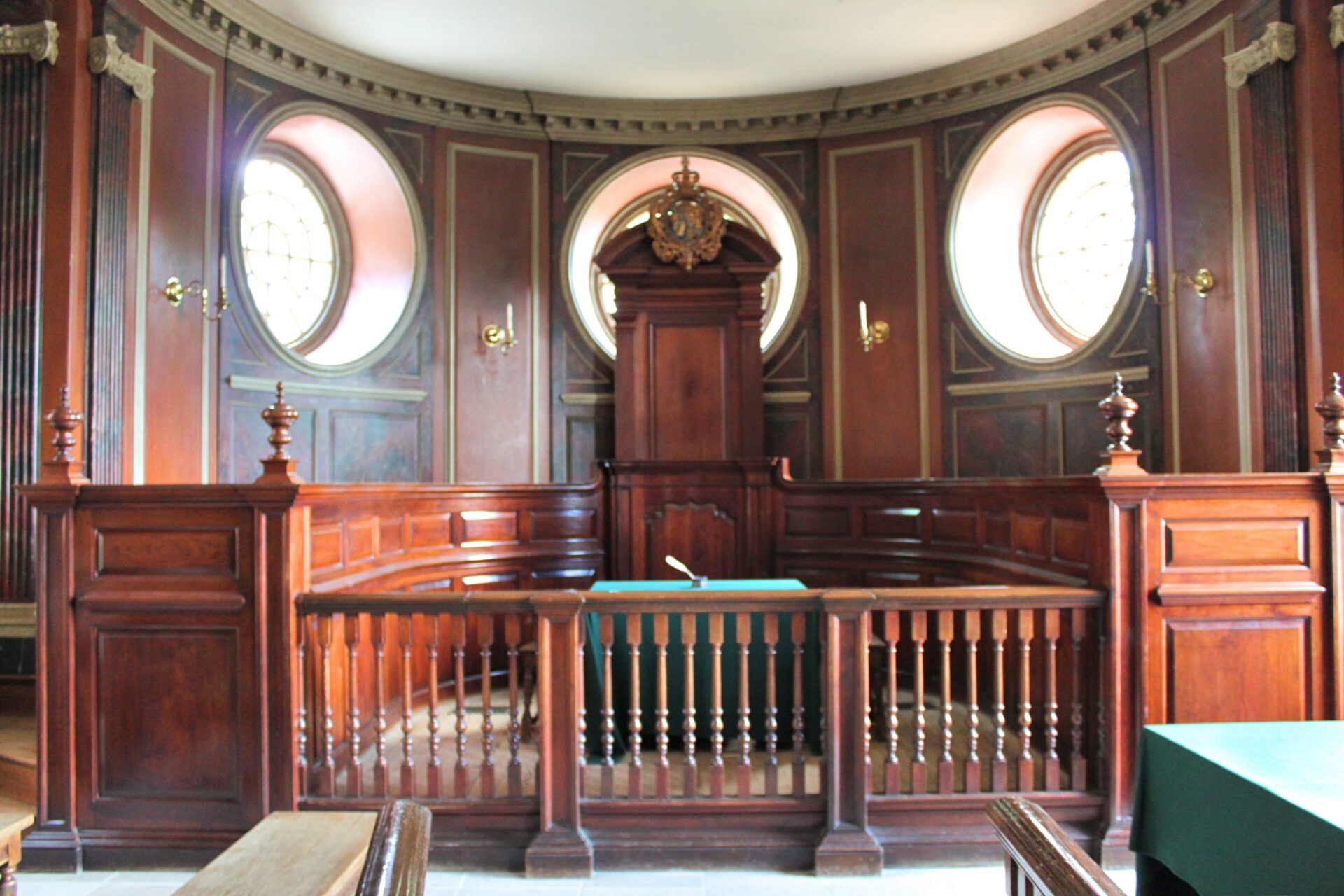
Plan to walk – a lot. All of our back and forth meant we clocked a lot of mileage during our visit. (Strollers are welcome and useful in Colonial Williamsburg.) But given the schedules, we weren’t really able to do anything in a straight line.
Allow yourself time to wait in line. Some of the buildings had quite a wait, others were quick. A lot of it just depends on how many people are allowed in at a time and how busy Colonial Williamsburg is that day. There really isn’t a good way to predict, but it’s best to make sure you give yourself some grace when building a schedule.
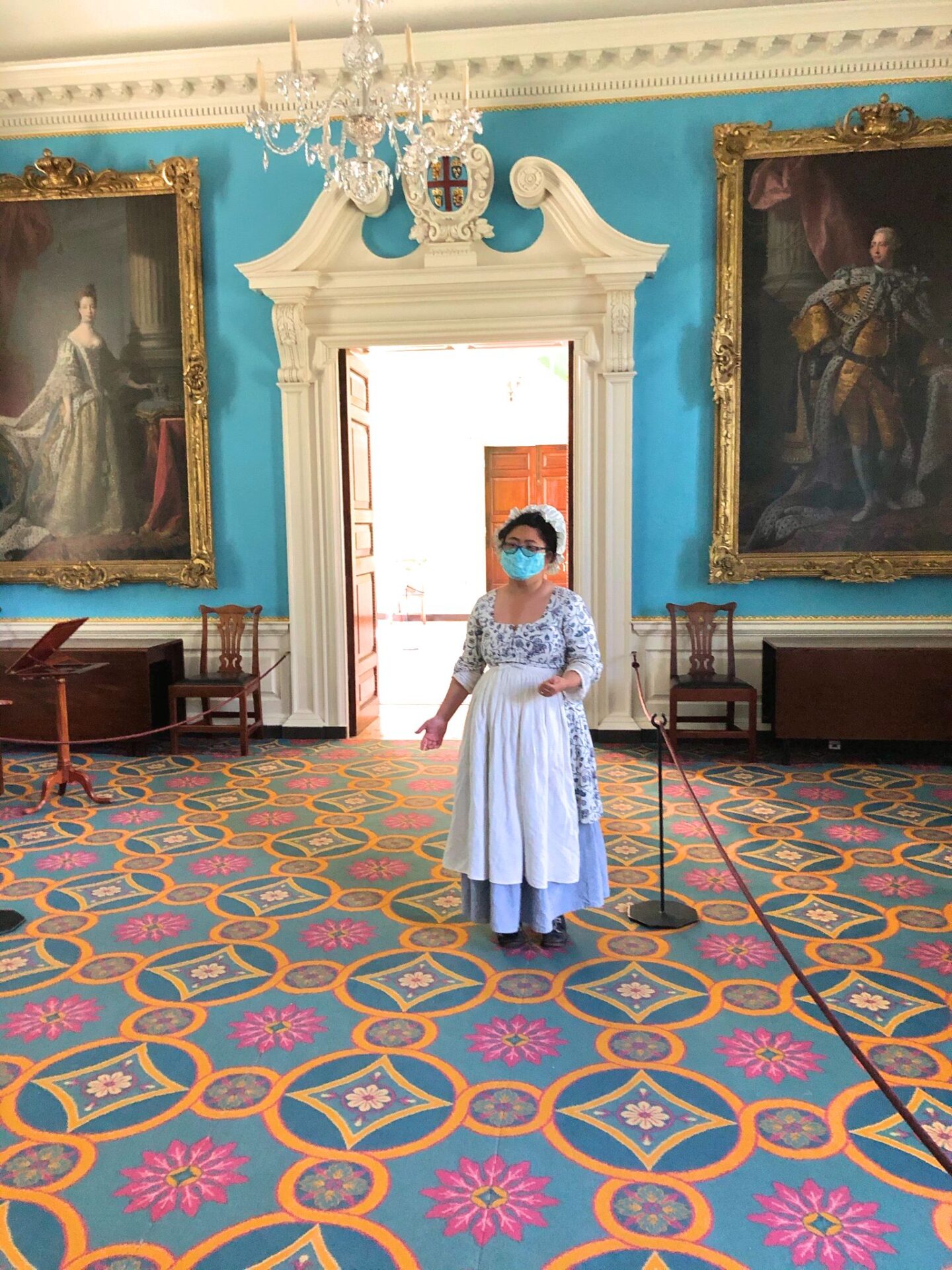
Additional things you can add-on and purchase
There are a slew of extra experiences you can pay for to add to your Colonial experience. They run the gambit in price and commitment – from hundreds to fire an antique gun to dozens to get a behind-the-scenes ghost walk. You are going to get the most options on a weekend, if this is important to your visit.
The carriage ride definitely sells out and seemed extremely popular with people during our stay (interesting tidbit: the driver/horse handler was recently featured in National Geographic).
We had pre-purchased tickets to the Ghost Walk the night of our arrival (before our big day to walk around and explore), but it was cancelled by Williamsburg due to weather. It would have been fun to do it beforehand to get access to new areas and a guided introduction to the place. While we could have rescheduled for the next night, we were so tired after our dinner at King’s Arms and felt as though we had covered a lot of cobblestone grounds on our own.
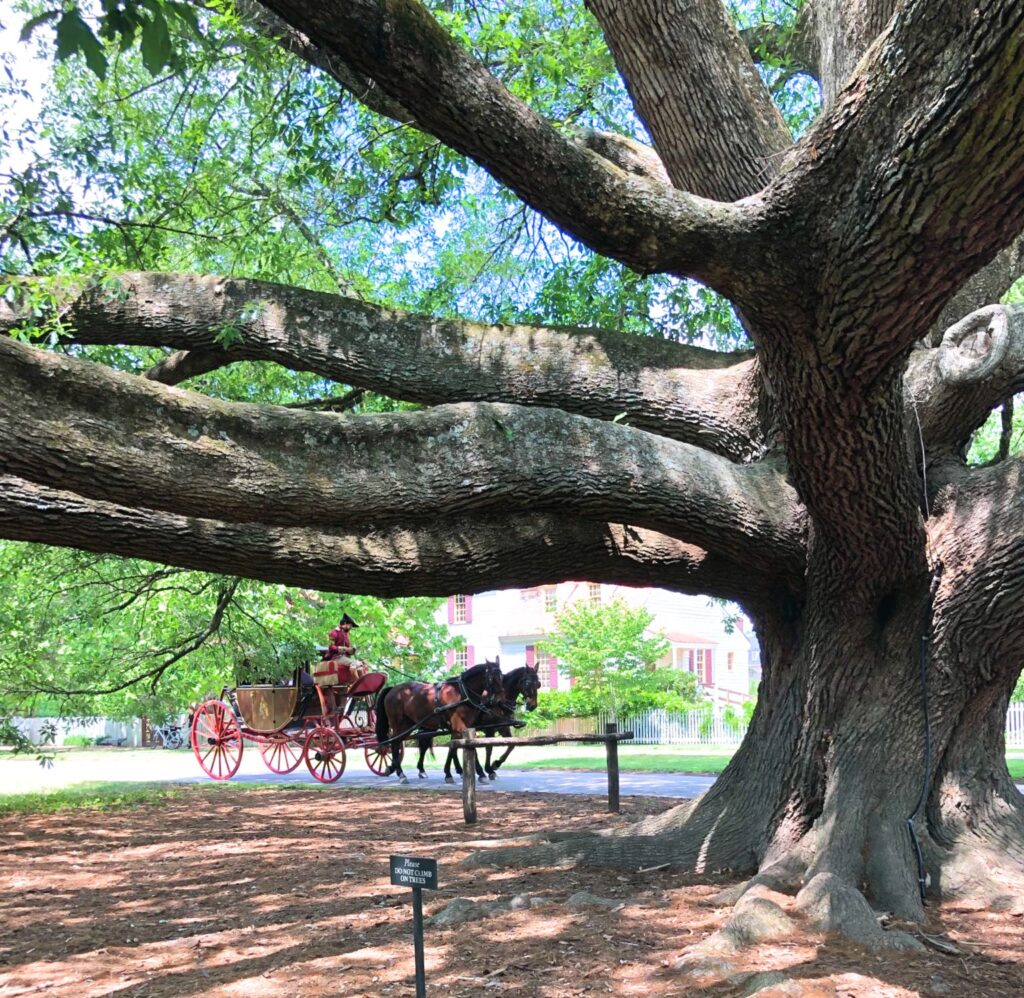
Dining and eating in Colonial Williamsburg
Colonial Williamsburg, being a wide-open area near a bustling college campus, is not a controlled park system. No one checks your backpack before entering the area officially known as “Colonial Williamsburg.”
That said, it is different inside the historic buildings. While no one ever checked our backpacks before entering, we certainly were told not to consume food or beverage inside the historic houses.
We packed a picnic, water and some snacks and for our lunch we sat in the shade of the giant oak tree and enjoyed the area.
While Colonial Williamsburg doesn’t have picnic tables or benches, there are a lot of green fields and shade to enjoy.
Additionally, across the street from Colonial Williamsburg is Merchants Square. This is a cute shopping center that offers unique businesses, restaurants and pubs that cater to the Colonial Williamsburg tourists. There are tables outside in the square and many places to grab a bite to eat. The most popular place is The Cheese Shop, but since we had picnicked, we headed straight for Wythe Candy Shop. Wythe is a must-do for kids. The assistants were great at helping the kids pick out just the right dollar amount of candy, and they had fun deciding what to try (including the gummy chicken feet!).
Given its location and unique experience, Merchants Square can get crowded, but it’s a great place to have access to.
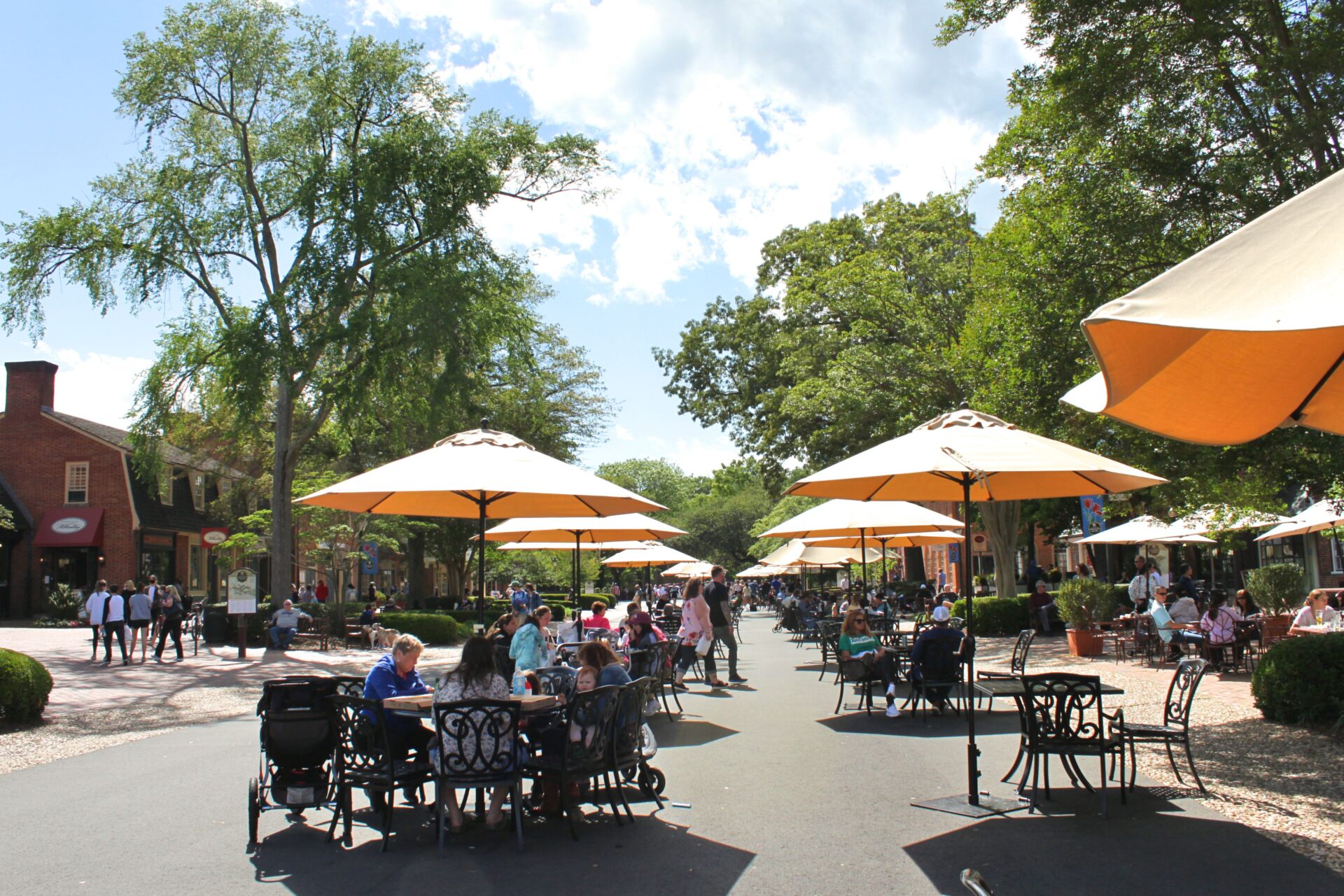
But of course, part of the fun of the experience of Colonial Williamsburg is trying the treats and eats! So be sure to leave space in the budget, schedule and stomach to sample Colonial Williamsburg in a culinary way.
Make reservations in advance if you want to eat in Colonial Williamsburg. The most popular place is King’s Arms Tavern, and we were able to get a reservation there for an early dinner (which was the right time for us as we were pretty tired after a day walking in the bright sunlight). Our kids mustered all of their culinary bravery and tried the vol-au-vent and the peanut soup – both of which are dishes that we haven’t seen anywhere else.
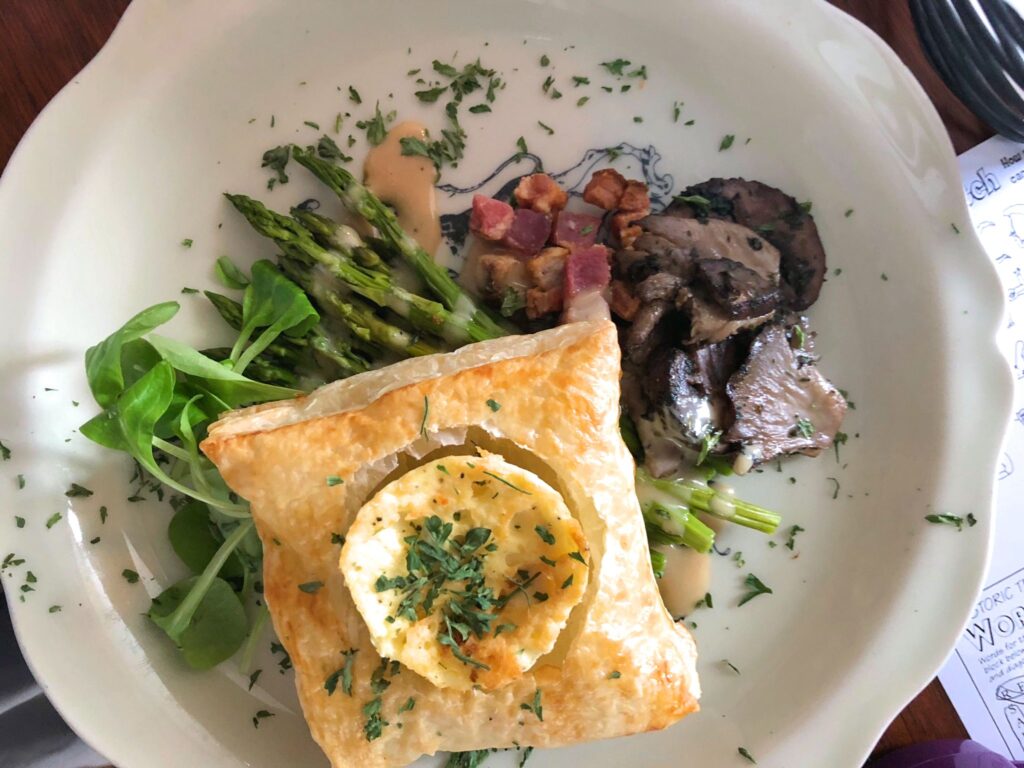
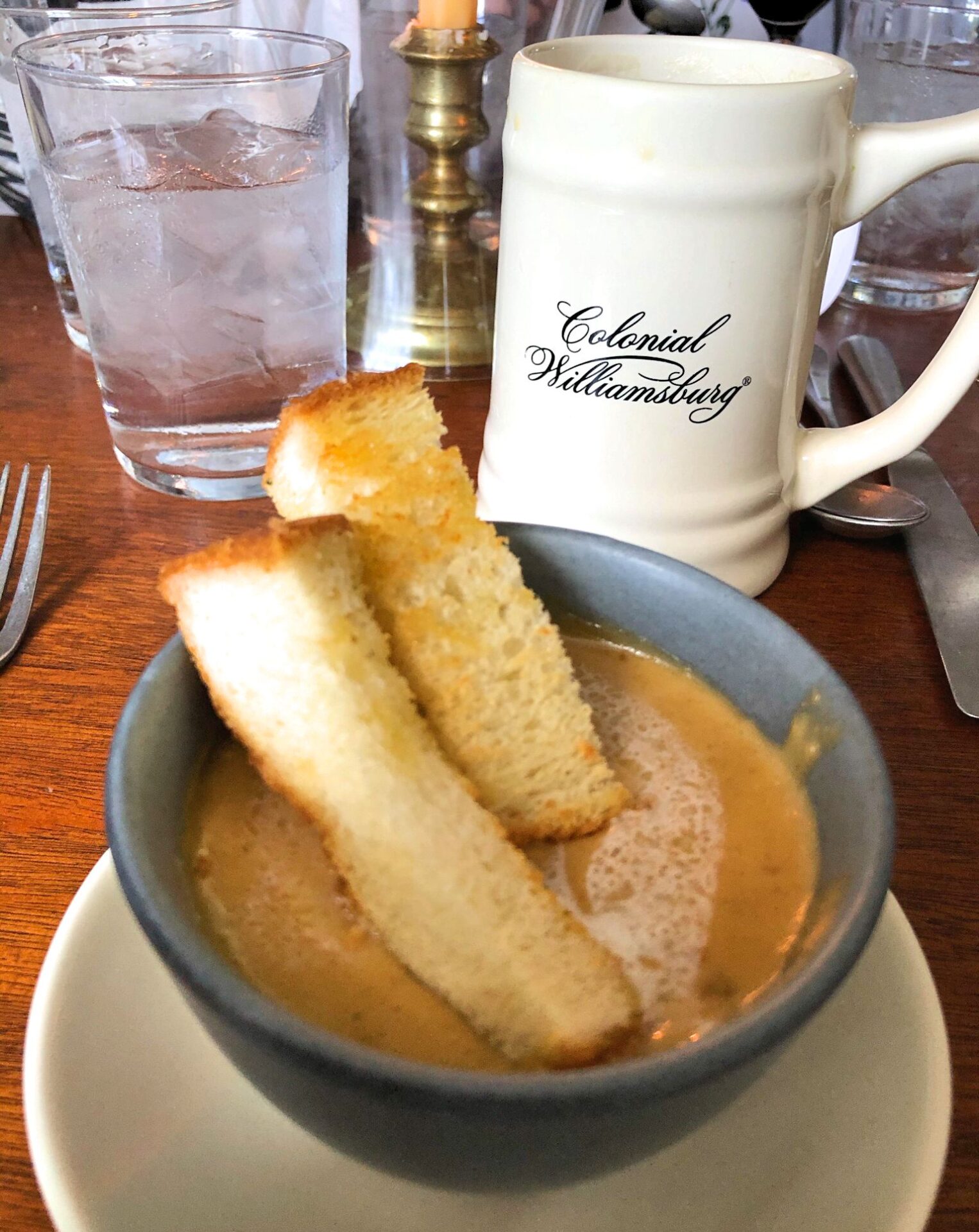
There are many other things to enjoy in the city of Williamsburg that are family fun – Busch Gardens, Historic Jamestowne, Jamestown Settlement, Virginia Capital Trail, Water Country… but given we had a quick weekend and we felt so satiated and happily tired after Colonial Williamsburg, we just elected to enjoy the Chickahominy park in the morning and head home in the sunshine. We were grateful for our cars, our easy access to food, and, basically, NOT being a family who lived in colonial times.
